Jeff Britton’s collection of paintings at Trifecta Gallery, Guilty Pleasures, is funny, saucy, irreverent and pop-y—sort of. Spend a little time, and something a bit darker, seedy and oddly real emerges from the paint.
Striking at first is the size of the work. The 30-odd paintings are small enough in scale to allow breathing room and grouped in such a way as to create a series of mini-vignettes. With imagery that bounces around from landscape to interior to still life and back again, the work complements off-the-cuff associations and self-made narratives.
Britton offers up old-school realism. One such grouping might consist of a sweeping view of the Las Vegas skyline, an interior boudoir scene (naked ladies and all), a partially eaten apple and various toys and dolls. Diversity in size and form of painted surfaces is essential to the experience of the work. The landscapes and interior scenes are among the smallest work and contain more generalized information, so that environmental paintings emerge and recede in favor of those focused on singular objects or groups of objects. While a painting of candy or a toy figurine might not be monumental, it definitely feels huge—that is, in an experiential way. One or two objects take up the entire picture plane. They seem more real, as in true, than the realist depictions of noirish landscapes or sultry interiors.
The Details
- From the Calendar
- Jeff Britton's "Guilty Pleasures" at the Trifecta Gallery

- Through January 30
- Wednesday-Friday, noon-4 p.m.; Saturday, noon-2 p.m.
- Trifecta Gallery
- 103 E. Charleston Blvd. #108, 366-7001
- Beyond the Weekly
- Jeff Britton Paintings
A lot of this work is straight-up juicy, and not unlike guilty pleasures in and of themselves. Britton obviously loves painting, and clearly spends a lot of time doing it. Super-confident and in most instances ripe with generous quantities of paint, his work exhibits deft play with stylization and technique. Paintings like “Stratosphere” or “The Strip” are almost languid. While specific to place, they manage to be idealized in the abstract, like a snapshot. They provide a sensation of place to beautiful, if stylized, effect.
In contrast, contained close-up paintings of pop ephemera like “Love Drink,” “Ship in a Bottle” and “Mr. Wee Wee” are bursting with loving information. The devil is in the details—sometimes in actual, detailed descriptions of objects and sometimes in decorative detail arising from the elaborate handling and dense application of paint. The objects become hyper-real, even surreal. Like many of our own guilty pleasures, they transcend simple thing-ness and become loaded with intense meaning.
The pop-like flavor might trigger a knee-jerk association to Andy Warhol or Jasper Johns, but a truer lineage might be found in Thomas Hart Benton and the like in American art of the 1940s. Britton’s work is not interested in the manufactured image or the machined regularity that pop art celebrated. The humble variety in surface materials and the prominence of the artist’s hand in fabrication point to a sincere engagement between artist and subject. This is a very personal experience, as echoed in an artist’s statement: “When spiritual, metaphysical, material things come into my life, I can only fix them by way of painting.”
1940s America was at war, at a crossroads culturally, financially and politically (sound familiar?). Mirroring popular trends from that era, there is a kind of social realism at work here—maybe more social surrealism? Britton’s imagery gestures to Benton’s particular brand of regionalism that celebrated a fading strain of Americana. The subject matter was a great comfort at the time, and a cannily similar effect is present here. Replacing Benton’s underlying melancholia is a kind of seedy honesty. In a way, guilty pleasures got us into this mess, but truth in objects, Britton seems to say, could also see us through. Or at least the truth of an object as revealed through the alchemical magic of darn good painting.
Perhaps I overanalyze? Maybe Pleasures is simply a showcase for the artists’ own weakness—a good old-fashioned love for painting. Clearly, Britton plays with the history and weight of his preferred medium; irreverent, recycled canvases and titles like “After Gericault” suggest as much. But a William Blake quotation from Britton’s artist’s statement hints at something deeper: “… have confidences in objects, do not let yourself be intimidated by the horror of the world. Everything is ordered and correct and must fulfill its destiny in order to attain perfection.” Hallelujah! Sign me up.
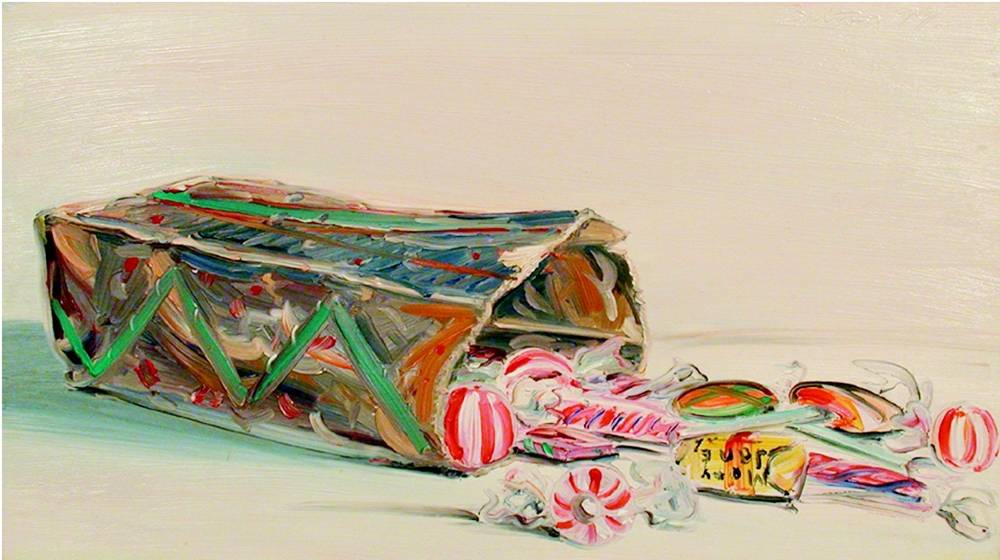
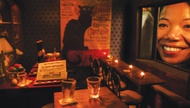
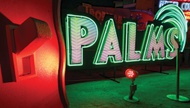
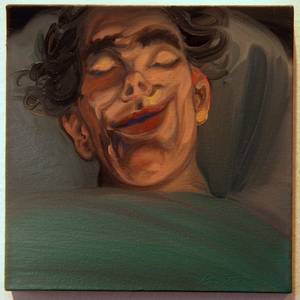

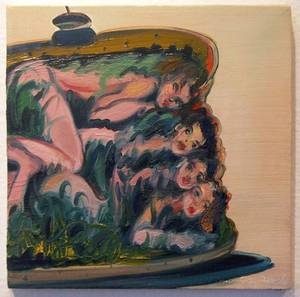


Previous Discussion: